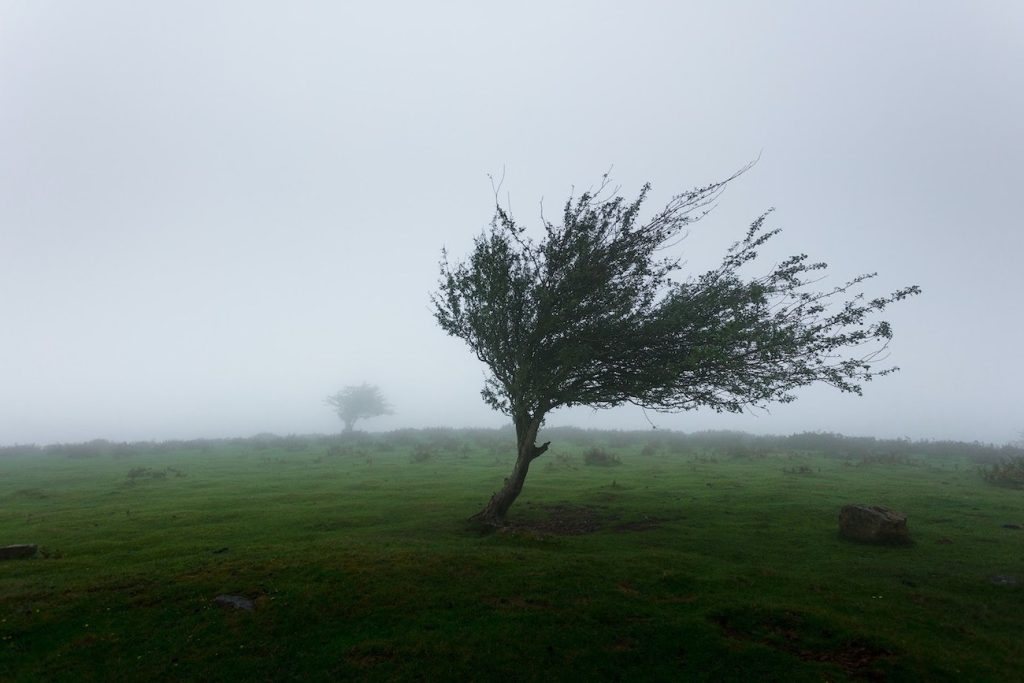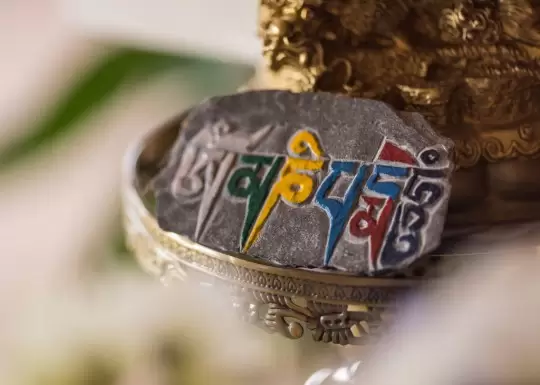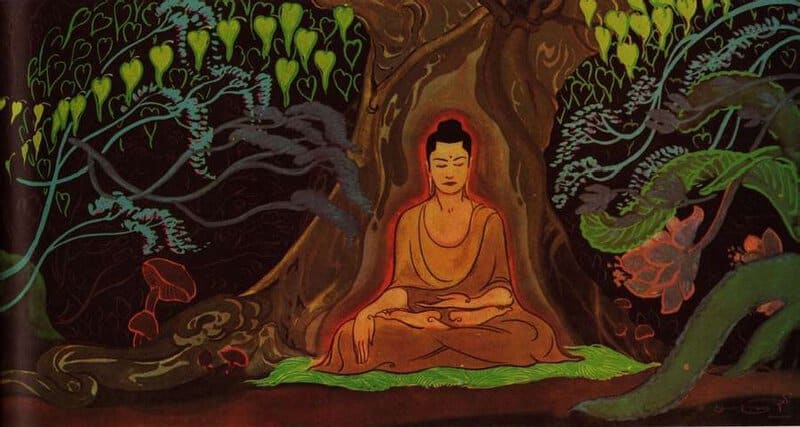In the ‘Jewel Ornament of Liberation’, Gampopa (as do other teachers of orthodox Dharma) asserts that there are three types of suffering, which are:
1 – the suffering of suffering
2 – the suffering of change
3 – all-pervasive suffering

The suffering of suffering
In brief, the suffering of suffering is simply the stuff that really hurts, immediately and directly. So if you cut your finger … the pain is the suffering of suffering. Or if you get angry, the suffering you feel from that is the same. It can be great sufferings, down to pretty subtle stuff … but the important thing is that it is directly experienced as unsatisfactoriness.
The suffering of change
The suffering of change is the subtle awareness that even though you are feeling good at this particular moment, you know that these conditions cannot last …. and that whatever it is that you are experiencing as pleasurable – well, it cannot last. So in a sense it’s a grasping after whatever you are enjoying, aware of it’s transience.
The all pervasive suffering
The third category, the all pervasive suffering is more subtle, and a bit harder to pin down. It is sometimes described as the suffering that comes from simply having the 5 skandhas, i.e, from simply having body and mind. It means that through having a body and mind, there is always a subtle pervading sense of dis-ease in your experience. In a sense, you can’t have the six sense organs, and experience sensory input without having this subtle dis-ease. One way to look at it is it’s the dis-ease that comes with having a ‘you’ .. with having a personality. Whatever your personality is … your current set of ‘you’, things are always much too fluid and complex to be accommodated by that ‘you’ …. so there is always this underlying sense of imperfection to experience.
Reflections on suffering
Very interestingly, Gampopa goes through these three types of suffering in the reverse order to what I have done. Usually it would seem that people start with the one most people can directly relate to (and agree with), and moves on to the others in order of subtlety. Yet Gampopa reverses this. Does this make it harder for one to understand the all-pervasive suffering without being ‘led to it’ through the other two?
One thing about these 3 categories is that it makes clear that the experience of samsara, and therefore the spiritual life, is not just about somehow going beyond the direct experience of suffering in the here and now, as the sufferings of samsara are described as being much more subtle than just immediate and direct suffering.
And, more challenging still, Gampopa (and all those who’ve taught the sufferings of Samsara in this traditional way) asserts that suffering is all-pervasive within samsara. So all our experience is suffering, until and right up to the point of Enlightenment itself! That’s pretty strong stuff, especially to anyone who gets caught up in any pride in following some ‘higher’ vehicle, with all the teachings on Buddha nature etc …. and experiencing the bliss of the natural state of mind, etc in Mahamudra and Dzogchen.
Understanding all-pervasive suffering
So how can this be understood, this samsara is filled with all-pervasive suffering. Well, one aspect of it is that our experience is always unsatisfactory when compared with or relative to the experience of a Buddha. In other words, it’s a relative term, not an absolute term. It means that the way we experience the world is always characterised by a lack of perfection of happiness and satisfaction *compared to* that of the experience of a Buddha.
That seems to me to make sense, and makes sense of Gampopa’s description of how those highly realised Bodhisattva’s experience more of this all-pervasive suffering when us not very realised beings seem to miss out on experiencing it.
From my own limited experience, when on longer retreats, I’ve experienced a sense of suffering or dis-ease as being in the nature of my having mind and body .. at least being in the nature of how I currently experience them. Amd that goes for even when I am experiencing bliss in meditation! … .there’s still a sense of something not absolutely perfect, if your awareness is subtle and strong enough to see it.
Developing awareness of suffering
So one final note …. in a sense, as our practice and awareness develop, then our sense of and awareness of suffering also develops! We become aware of more subtle forms of suffering! And yet we most likely experience less suffering as we go on .. because we grasp less, become attached less, through realising a little of the nature of how things are …. so that suffering doesn’t hurt so much … it becomes more of the nature of just movements in mind, waves on the ocean ….. ripples or a play of light in the field of awareness. And so just something of note, something noticed, rather than something to be ‘hooked’ on …. or impaled on.





I have studied Sakya Buddhism for 25 yrs the words I have read appear to be definitely in line with the ‘four seals’.
I would like to humbly request that you to continue to expound your teacher’s dharma.
Very eloquent, thank you. I hadn’t heard the categories, but you always read that you should be careful with the translation of that word, “suffering.”
It’s third aspect is apparently the thing that’s so hard to get across, and your description is the best I’ve read. Not a student of Buddhism, but read some, and it has strongly influenced me.
As to suffering being involved even with enlightenment, it makes sense to me. As someone living an extreme version of suffering of the first category, I can say that although there is immensely less joy in my life than prior to losing my health over a decade ago, there is some sense in which my peace and calm have deepened.
Not that I wouldn’t trade it for more joy! But still, I think it speaks to the idea that enlightement isn’t simply to be equated with the experience of pleasure even in its most sublime aspects.